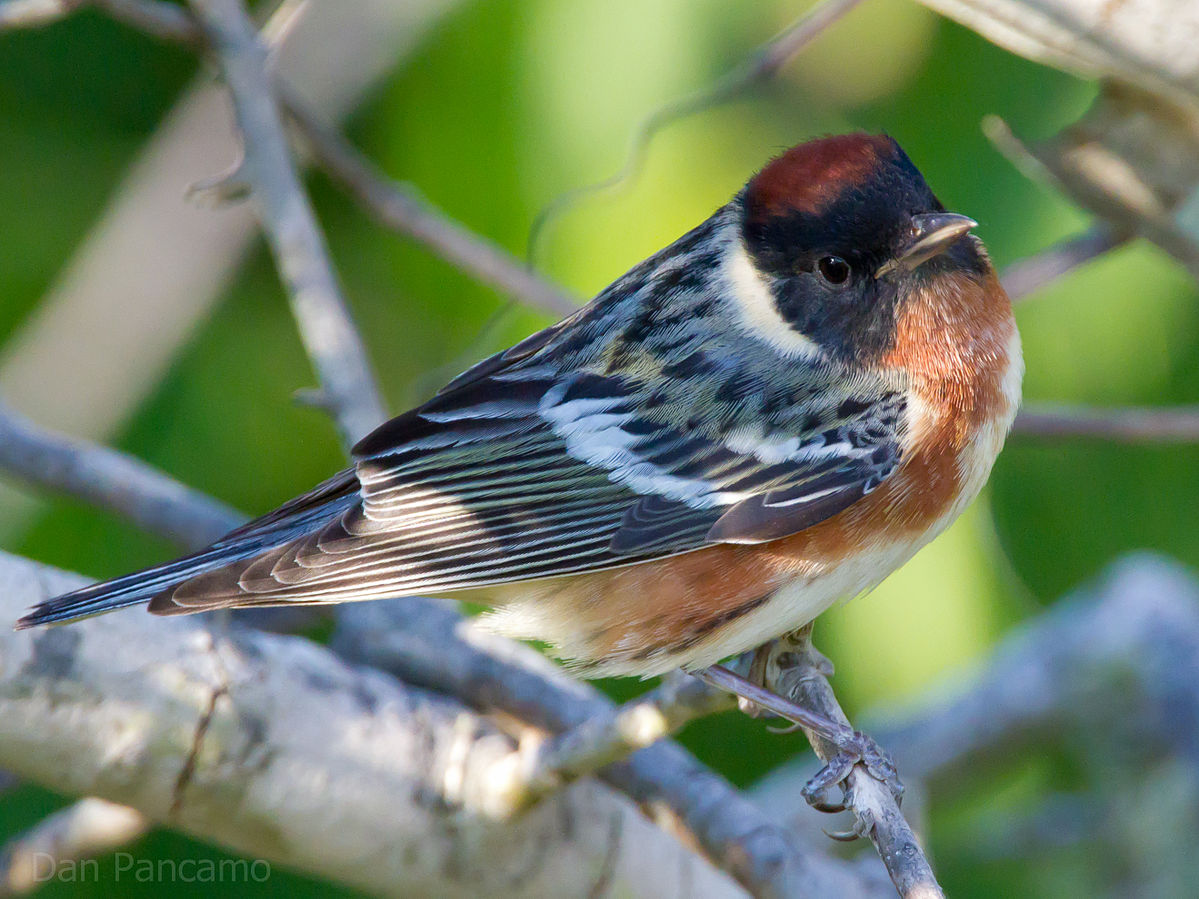Offer
Provide additional details about the offer you're running.
Provide additional details about the offer you're running.
Provide additional details about the offer you're running.

Feature Image: Wikimedia Commons. Photo by Dan Pancamo
Keep your eyes peeled for this well-traveled warbler this spring, as they begin to re-populate the woods of Canada and the northern United States. The Bay-Breasted Warbler is what is called a “New World Warbler”, a group of warblers distinct to North America, rooted from the tropic climates of Central America. It is believed that is where they originated strictly due to the number of species found in the region and the diversity of the species in Central America. From there, they become migrants to the northern regions of North America but return to their ancestral region during the winter months.
The Bay-Breasted Warbler is a small bird by comparison to other species but is quite larger than most other species of Warblers. These wonderful warblers dine on a steady diet of insects, and drastic population changes have been noted in relation to the strength of the spruce budworm population.
As for identification, the changes are drastic between both sexes during the breeding seasons. Male Bay-Breasted Warblers sport an olive green coloring across their crown, nape and underparts with a streak of black during non-breeding seasons.
During the breeding season, the males true colors really begin to shine, having rich chestnut brown coloring along their sides, crown, and throat along with a cream-coloured patch on the back of their neck.
The females during non-breeding seasons closely identify their male counterparts during the same season, often seen with the same olive green coloring, gray rum, and yellow eye stripe. Again, like their male counterparts, their plumage changes quite a bit during the breeding season. Females can be spotted with variable amounts of the same chestnut brown found in breeding males, but continue to have the olive green coloring on their back and you should be able to “spot” white spots on the tail feathers of the females during breeding seasons.
Another interesting fact about the Bay-Breasted Warbler, is that they are very closely related to the Blackpole Warbler, and there are hybrid species of the two that have been reported.
During the breeding seasons of these beautiful birds is a great time to get out and hone your identification skills of this New World Warbler. Be sure to take notes, and consult your field guides to help you better decipher between the males and females!
High Quality Blend